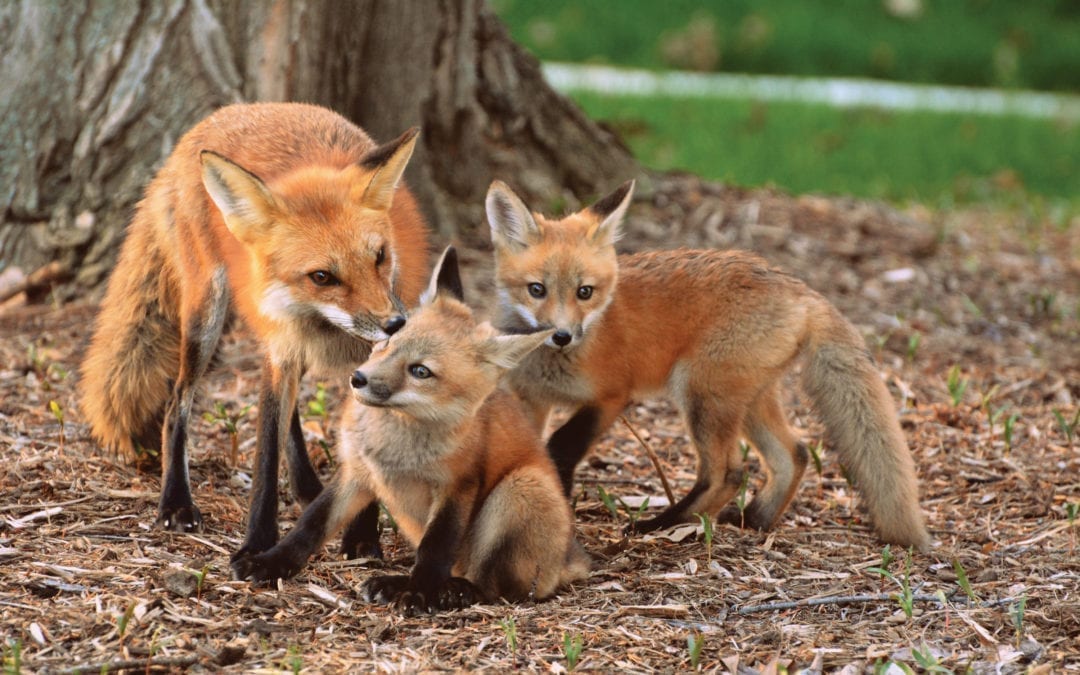Climate change, loss of habitat, misuse of pesticides and invasive introductions have combined to make life a real challenge for urban creatures like songbirds and bees. Maybe that’s why I was so intrigued when I came across an unfamiliar gardening term in a trade magazine. Wildscaping has been around since I read Sarah Stein’s Noah’s Garden almost 25 years ago, but has gotten very popular over the last few years, especially in western states where drought is a problem. Some municipalities in Texas are certifying landscapes as Texas Wildscapes when property owners demonstrate that their yards support urban wildlife. But no matter where you garden, the principles behind wildscaping are the same.
Wildscaping is simply a landscape that has been designed to provide habitat for wildlife. These gardens offer a healthy community that is based on natural relationships between plants and animals. A wildscape can be as large as your entire yard or as small as a few pots on your patio. The idea behind Noah’s Garden was to string many wildscaped areas together from yard to yard, creating a habitat corridor for urban and suburban creatures, both large and small, to move from place to another.
You can start to build this corridor by adding some native species to your garden. Native plants are a good addition to a wildscaped area as they and the animals naturally moving through our yards are adapted to each other. And since native plants often require less care once established, you benefit, too. Lots of gardeners are leery of native plants, believing that they’re unkempt looking. But many have lovely qualities like attractive bark and edible seeds or fruit. A Pagoda Dogwood, for instance, offers late summer berries, a layered habit perfect for perching and deep maroon fall color.
Creating diverse layers is one of the most important aspects of wildscaping. If you are a bird aficionado, you know to place your feeders near large shrubs or small trees to provide a bridge between a safe place and the food you’re offering. Biologists often refer to open lawns as deserts. Our big swathes of turf don’t allow for a comfort zone. Use plants to provide natural layers that connect both horizontally and vertically. More layers equal more choices for nesting and shelter.
Last summer, a family of foxes set up shop under a backyard garden shed a few houses down from mine. Most of the neighbors were really excited and a lot of adorable cell phone videos were traded. I even heard talk of night cameras. The den was monitored by UW’s Urban Canid Project, a group that studies the relationships between people and foxes and coyotes that are moving back into cities. If you’re interested, you can follow the project on Facebook.
So, consider letting a small area of your garden go wild. Encourage your neighbors to do the same. After all, attracting butterflies and hummingbirds with flowers is easy. Adding a few water sources could make your yard a haven for frogs and songbirds. And a small wild area might serve as an invitation to a family of urban foxes. Work with Mother Nature and it’s possible to make a difference in the fight for biodiversity, one yard at a time.

